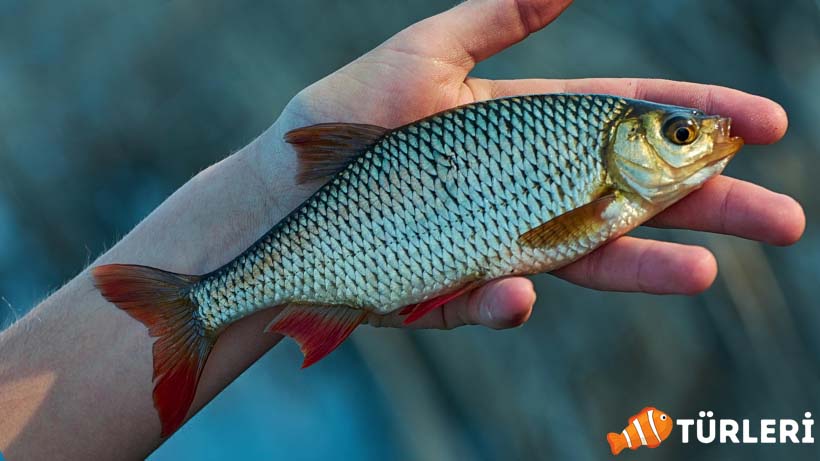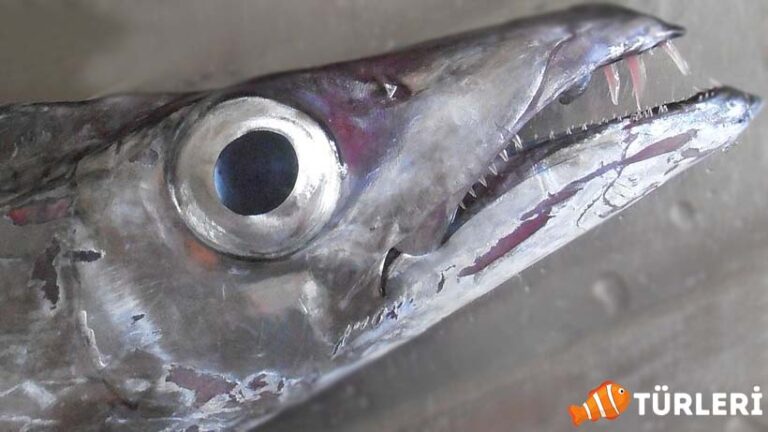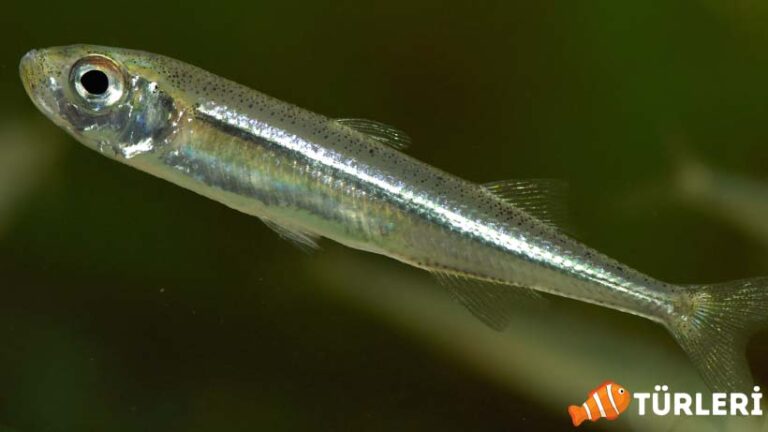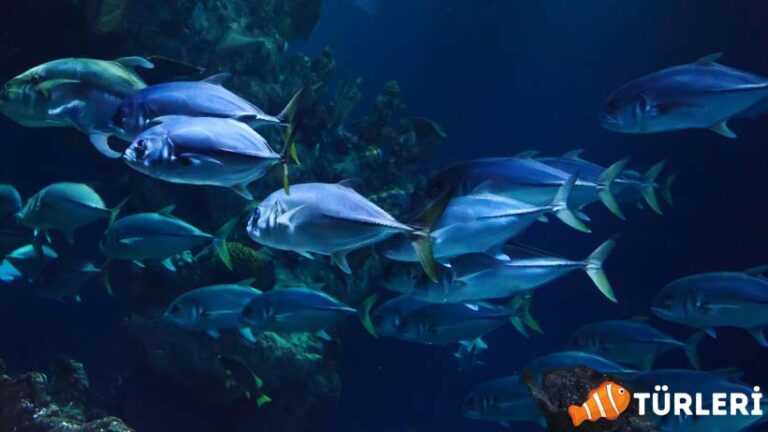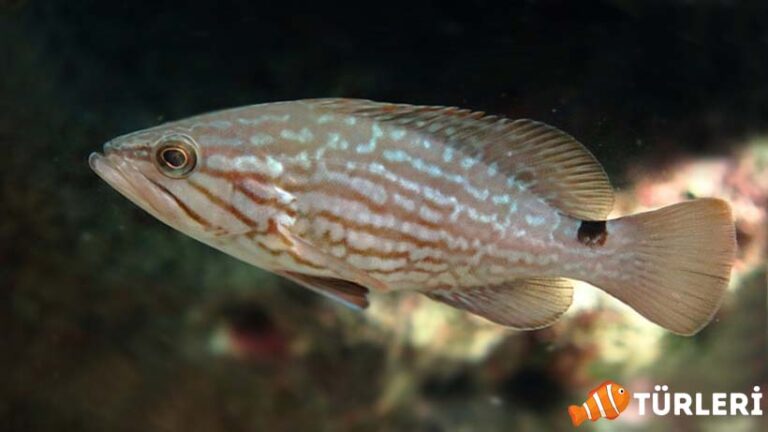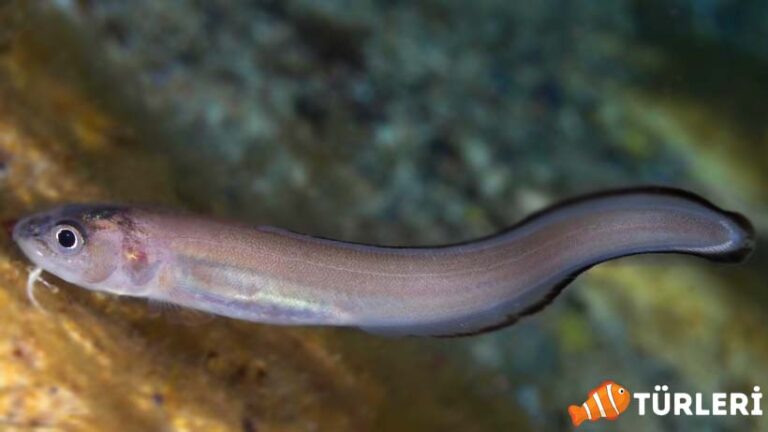Rudd Fish: All Features, Benefits, and Fishing 2023
The Rudd is a freshwater species from the carp family. The Rudd, which is found only in the northern regions of Turkey, is a schooling fish.
Would you like to get information about it and learn all its features?
What is a Rudd? How is it caught? Where does it live? What are its benefits? What are its features? Continue reading with this Rudd fish guide to learn all these details.
Summary of Rudd Fish Species
| Scientific Name: | Scardinius erythrophthalmus |
| Origin: | Europe, Asia (Eurasia) |
| Diet: | Omnivorous |
| Adult Size: | 50 cm |
| Reproduction: | Eggs |
| Breeding Season: | Spring – Summer (Between May and June) |
| Lifespan: | 8 – 19 years |
| Fishing: | No known bans |
Features of Rudd Fish
Rudds are often confused with the roach fish due to their body shape and color. When the fish is examined, the difference can be easily seen.
These fish, living in small shoals, are named for their stunning fin colors. Like the Chinese carp and Israeli carp, this species is also among the invasive species.
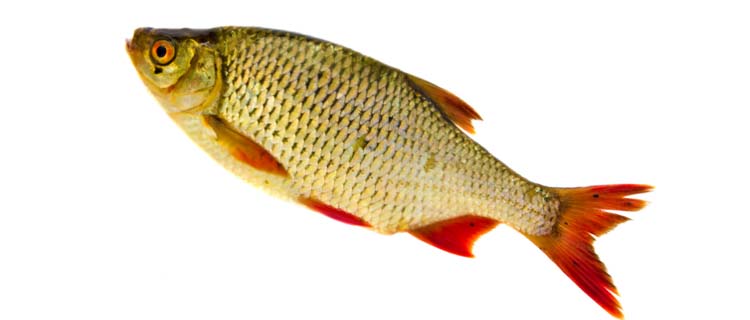
Appearance and Size
The most prominent feature of the Rudd fish is its reddish-red colored tail and fins. Their mouths are oriented upwards, allowing them to hunt easily on the water’s surface.
It has a yellowish body color and dark yellow eyes. The dorsal fin is notably positioned backward.
While the maximum reported length so far is 61 cm, its largest size is accepted as 50 cm and 3 kg. The average size is around 25 cm.
Habitat
While they are common in Europe and Central Asia, they are densely found in Spain, Italy, Finland, and Turkey. They are especially seen in the northern regions of Turkey.
They live in slow-flowing rivers, stagnant lakes, and reservoirs. They swim in vegetated areas, close to the surface of shallow waters. They are resilient to adverse and harsh water conditions.
Reproduction and Diet
They reproduce by laying eggs, and their eggs are very sticky. For breeding, they use areas with plant roots and rocks. The eggs appear adhesive and are colorless-pale yellow. They can lay about 200,000 eggs in a single breeding.
Their primary diet consists of underwater plants and plant roots, but they also consume worms and larvae to a lesser extent.
How to Catch Rudd Fish?
Catching Rudd fish is not difficult. The baits that can attract Rudds include semolina dough balls, worms, bloodworms, and insects. In addition, they are also attracted to the small white worms that emerge from the reeds’ roots.
Where are they found? How are they caught?
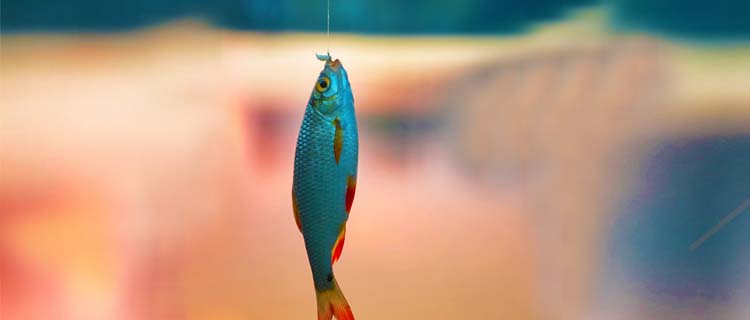
Rudds are abundantly found in lakes and ponds and feed near the shores. The most common technique for fishing them involves baiting the area first and then casting a line with a worm or larva bait.
The best times to fish are from early morning until noon and from late afternoon until evening. They come to the shorelines during these times to feed.
What can I use to bait the area?
To attract Rudds to the fishing area and make them easier to catch, you can:
- Boil an adequate amount of wheat the night before.
- Spread the boiled wheat in an area to dry overnight.
- In the morning, scatter the dried wheat over a 20-30 m² area where you plan to fish, then cast your line.
Is Rudd Edible?
Yes, Rudd fish is edible. Its flesh is tasty, and being from the carp family, it has a taste reminiscent of carp. The larger it is, the fewer bones it has. In terms of taste, it ranks high among freshwater fish.
How to Cook It?
Rudd fish is suitable for baking or frying; steaming is not recommended.
The most delicious way to cook it is frying in a pan. You can learn how to cook Rudd with the following recipe:
- Clean the fish and rinse thoroughly in plenty of water.
- Depending on the size of the fish, prepare it whole, in fillets, or in slices, and get it ready for flouring.
- Let the washed fish drain on a clean piece of paper to dry.
- Place the prepared fish in a clean bag and pour in enough cornflour.
- Gently shake the bag to ensure all pieces are covered with cornflour.
- Add enough oil to a pan and wait for it to heat up.
- Fry the fish in the hot oil until it’s golden brown. Enjoy your meal.
What Are Its Benefits?
Like many members of the carp family, the Rudd fish is low in fat. This feature makes it beneficial for heart and vascular health.
When consumed during growth periods, it contributes to the skeletal system and brain health. Additionally, like other fish, it aids in maintaining skin health and rejuvenating the skin.
In the following video, there’s an explanation on how to clean the Rudd. You can refer to this video for assistance.
FAQs
Is Rudd fish Tasty?
Yes, although it can’t be directly compared to sea fish, redfin is a tasty fish. Additionally, the larger it is, the fewer bones it has.

